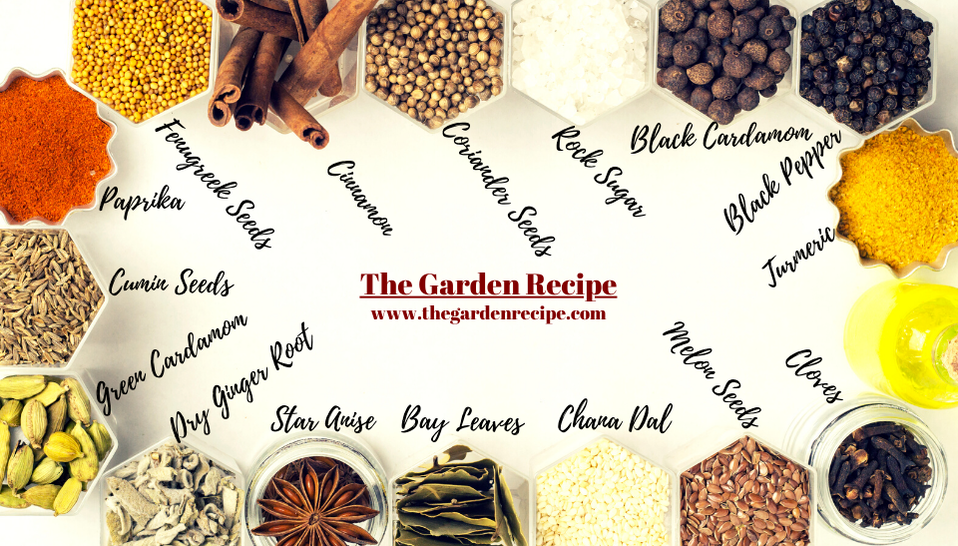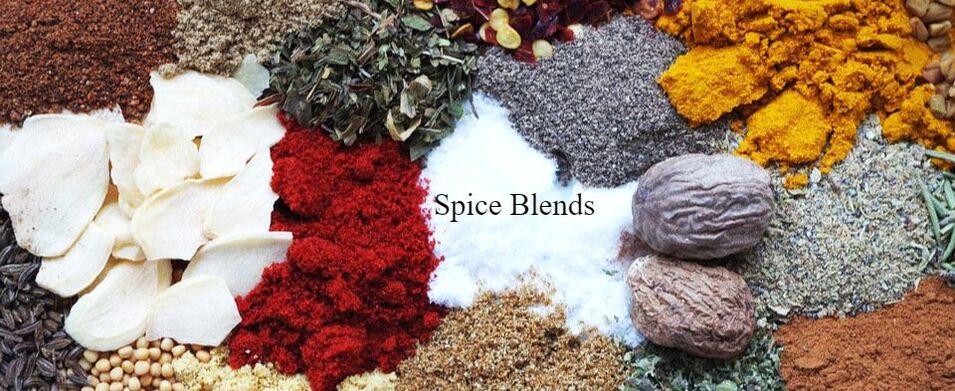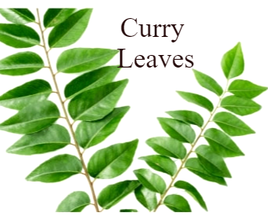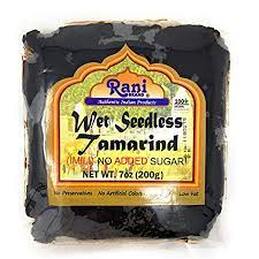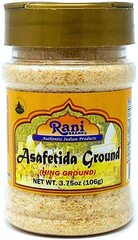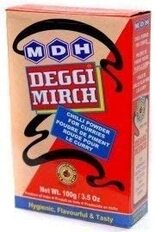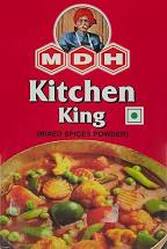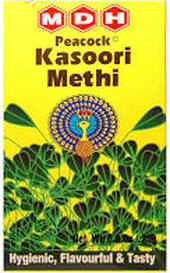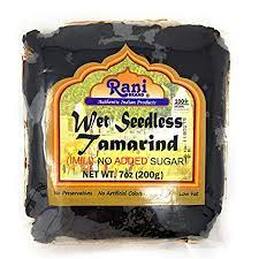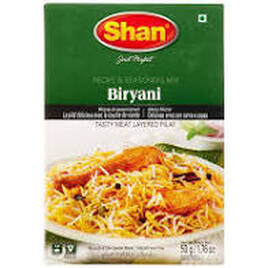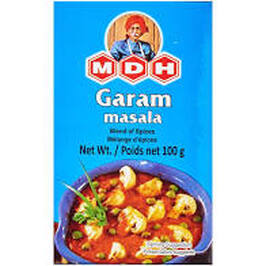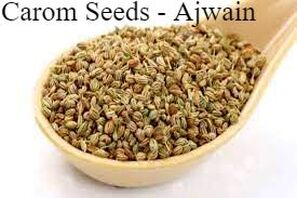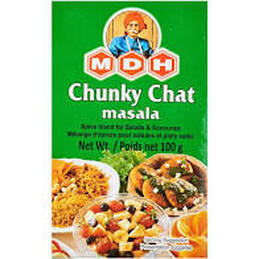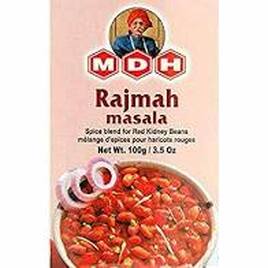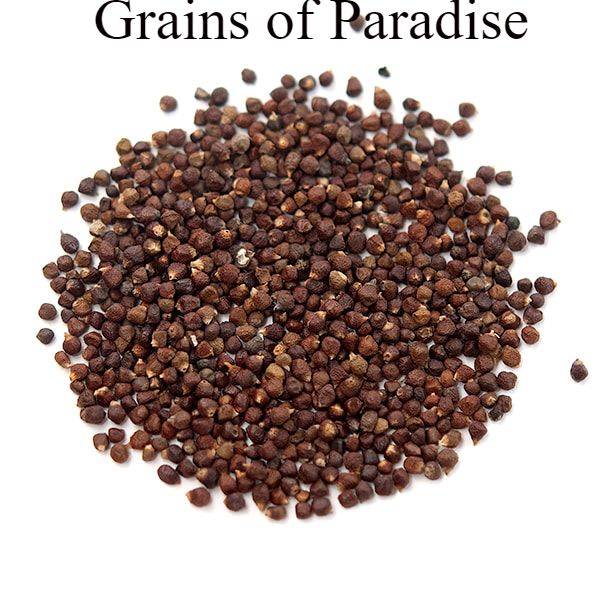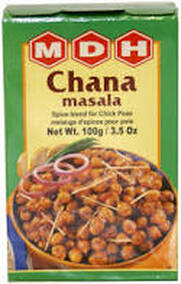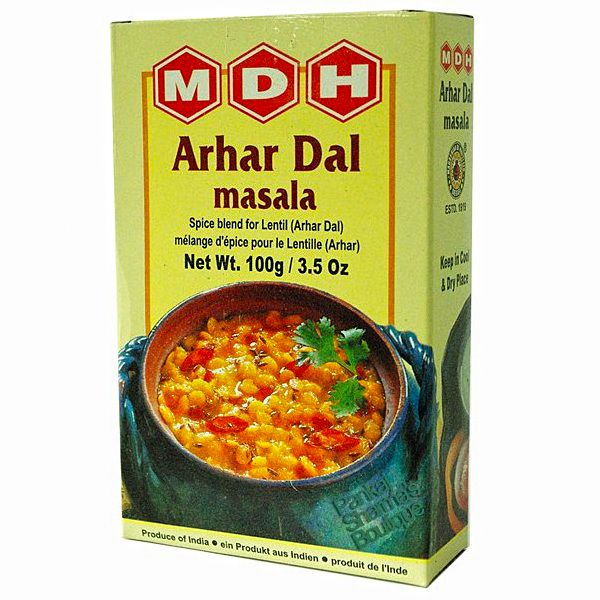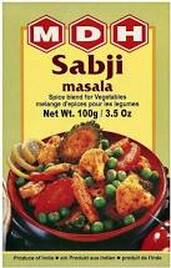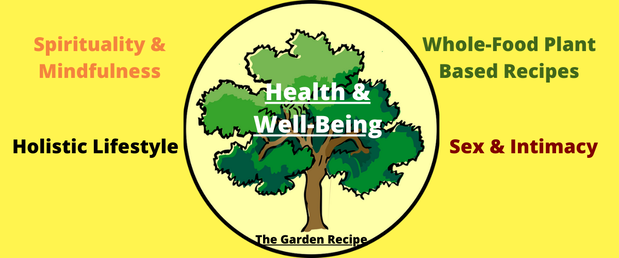"Saying you can heal your cancer without the use of spices, is like saying, you will go to the moon without the spaceship!! It's insane, immature, and it doesn't work!" - Somyata
Spices serve many purposes in the recipes - from adding taste, color and aroma, they help us to savor our food and enjoy it! In fact, without spices, I doubt, we will be able to eat even the healthiest foods, because they would all just taste so horrible! Think about eating raw eggplant or okra? Though one of the healthiest foods, it makes no sense to eat them without cooking in some spices!
Besides flavor, spices offer plethora of health benefits. Here are top 7 benefits to add spices to your diet -
1. Spices help boost our immunity
2. Spices help our metabolism
3. Spices are anti-inflammatory.
3. Spices are good for digestion and help create digestive juices so our food can be better absorbed.
4. Spices are antibacterial, antimicrobial and anti-parasitic.
5. Spices help keep blood sugar stable.
6. Spices are rich in phytochemicals - the same compounds that help fight cancer cells.
7. Spices are heart healthy, boost cognitive health and enhance the overall functioning of the body.
So, what spices you need to start cooking my recipes and following my protocol? Let's get you started.
Besides flavor, spices offer plethora of health benefits. Here are top 7 benefits to add spices to your diet -
1. Spices help boost our immunity
2. Spices help our metabolism
3. Spices are anti-inflammatory.
3. Spices are good for digestion and help create digestive juices so our food can be better absorbed.
4. Spices are antibacterial, antimicrobial and anti-parasitic.
5. Spices help keep blood sugar stable.
6. Spices are rich in phytochemicals - the same compounds that help fight cancer cells.
7. Spices are heart healthy, boost cognitive health and enhance the overall functioning of the body.
So, what spices you need to start cooking my recipes and following my protocol? Let's get you started.
|
Exact Photos of the Items
|
|
1. Biryani Masala - This is for biryani, which is a traditional rice recipe made with spices, herbs, cilantro, mint and yogurt. This spice blend is great to use in any of your rice or quinoa or couscous recipes.
2. Chat Masala - Oh my favorite! LOVE chat masala - it is for enhancing the snack or street side food recipes. Chat means snacks so like we get fried potato patties sprinkled with chat masala! Yum! Or, you can add some to fresh fruits, and be wow-ed! I also use this in lentils, beans, rice, potatoes, chickpeas recipes - I use this a lot! It really takes the recipe to a whole new level. 3. Chole Masala (or Chana Masala) - This is specifically for chickpeas (chole). 4. Curry Powder (Curry powder or curry masala) - Curry powder is used in curries as the name suggests but can be used to enhance rice recipes as well as vegetables. It adds aroma as well as wholesomeness to a recipe. It helps bring all the flavors together, in short. 5. Dal Masala - 'Dal' in Hindi means lentils - so when you go to your local Indian store, you will see many 'dal' masalas. This is because different types of lentils are made with different spices, savory seeds, and dried herbs. So, this is a great buy for those who feel their lentils always lack flavor and are just starting out on a healthy plant-based, vegan diet. Simply buy some 'dal' masalas and add to your lentils and voila! You will absolutely love the spice mix and it will help you eat better. For reference, look at the last pic - 'arhar dal' masala, which is great for yellow lentils (pigeon pea). 6. Garam Masala - This one you already know - it is in every Indian dish and it goes with everything! It is a spice blend that also has lots of health benefits due to the spices like cloves, etc. 7. Kitchen King Spice Mix - Especially for vegetables. It will take your vegetable recipe from an-OK to WOW! Try it and you will know! Made with a plethora of spices like cumin, fenugreek, coriander, black pepper, etc. 8. Rajma Masala - Hands down the best spice mix for kidney beans! Used in India for red kidney beans recipe. 9. Sabji Masala - This is specifically for vegetables (sabji). Add a heaping spoon and you will surely be in love with vegetables like never before! 10. Tikka Masala - Yup. You guessed it. This is used for that very famous tikka flavored recipes. Sauté tofu and some cauliflower in tikka masala and you have got yourself some restaurant style meal for dinner! This is it! These spices cost pennies and yet, they will last forever and will help you eat a much healthier diet. Adding flavor to your recipes just got easier - much easier! Now, onto the next part - Adding Dried Whole Spices & Seeds in Your Recipes. |
The Garden Recipe - Subscribe To The Newsletter HERE
HOME HEALTH SPIRITUALITY SEX RECIPES INGREDIENTS COACHING CONTACT REVIEWS TGP
DISCLAIMER TERMS & CONDITIONS PRIVACY POLICY
DISCLAIMER TERMS & CONDITIONS PRIVACY POLICY
Copyright ©2023 THE GARDEN RECIPE, LLC
All Rights Reserved
All Rights Reserved
